
Deutsch-Chinesische Enzyklopädie, 德汉百科
 World Heritage
World Heritage


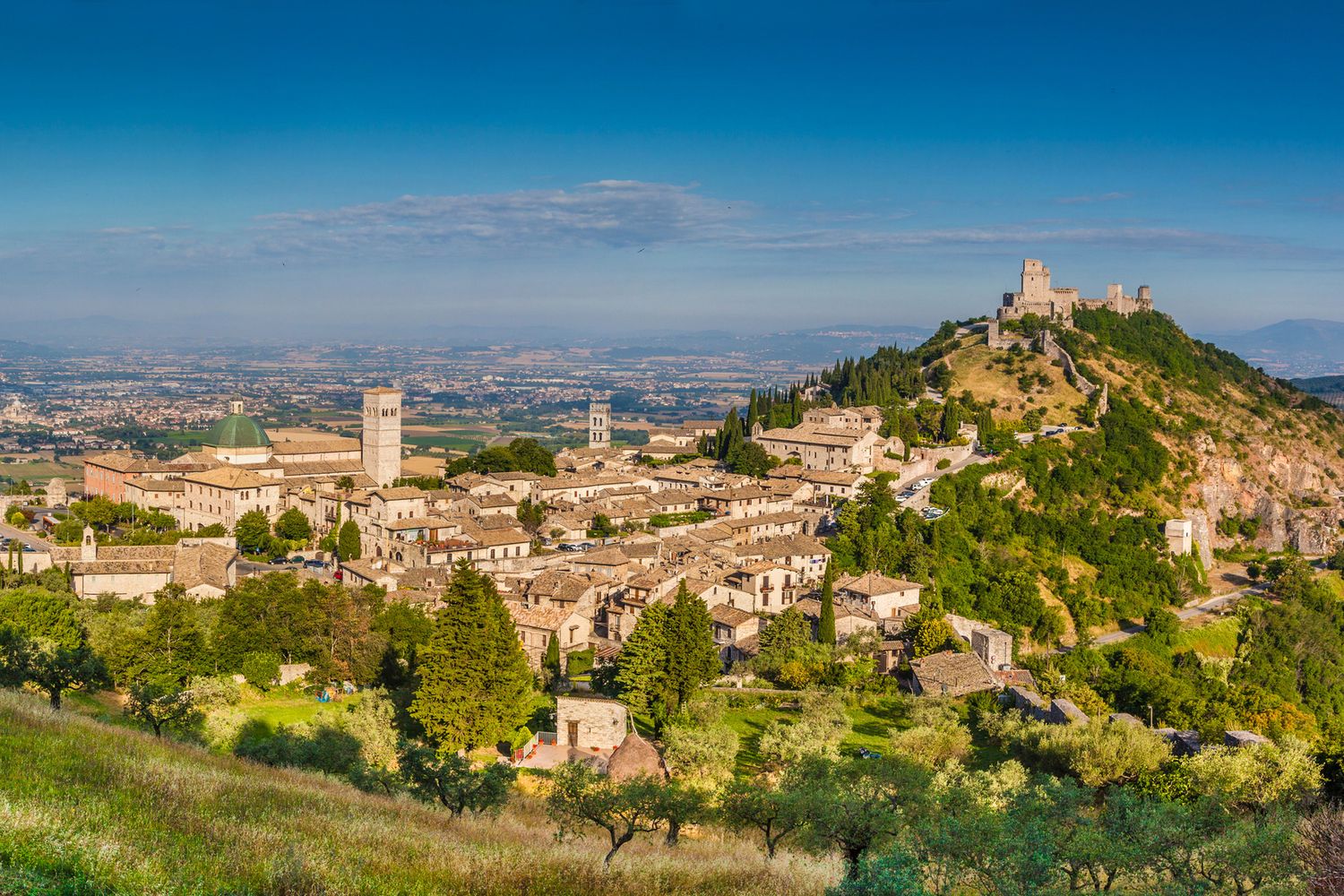
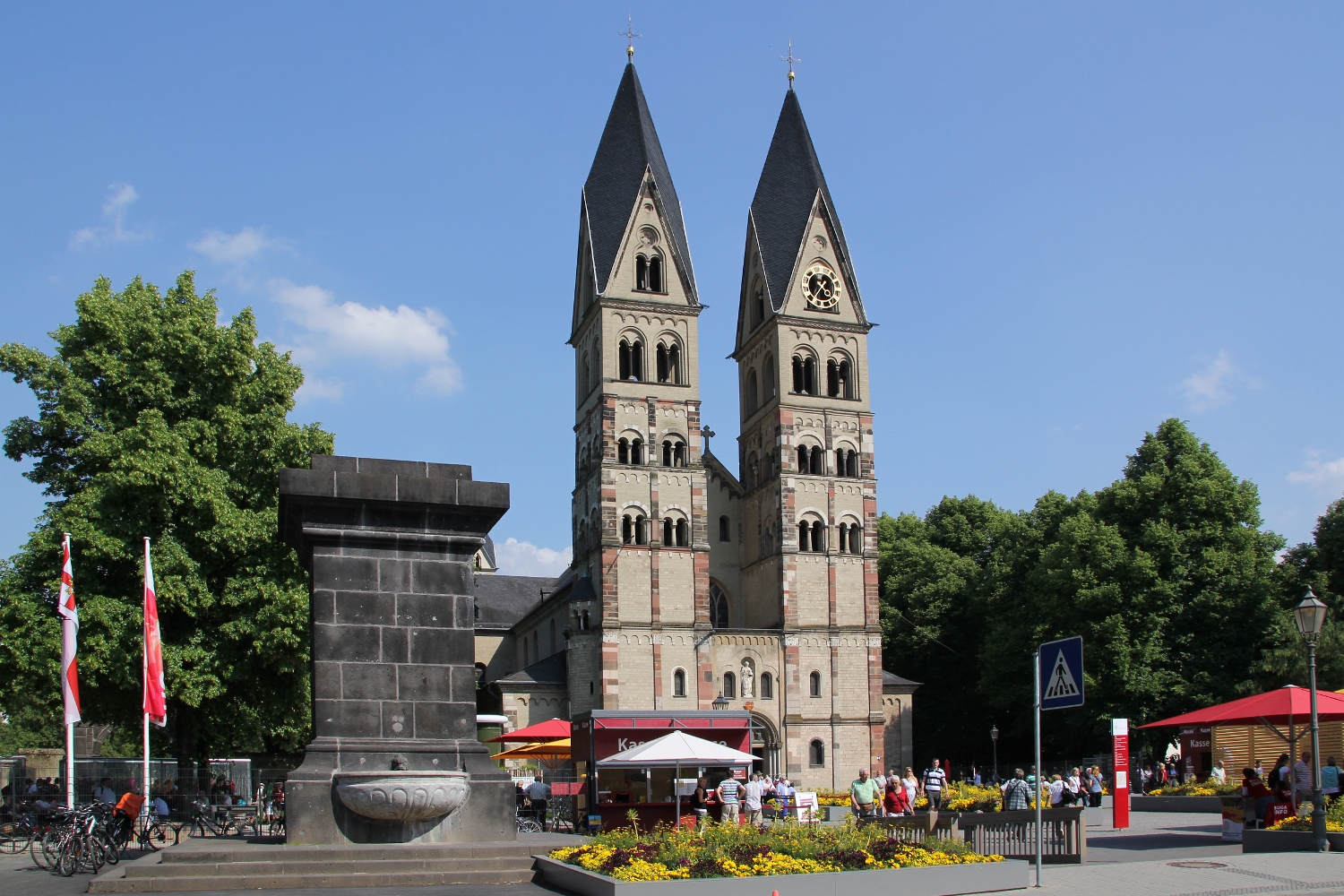
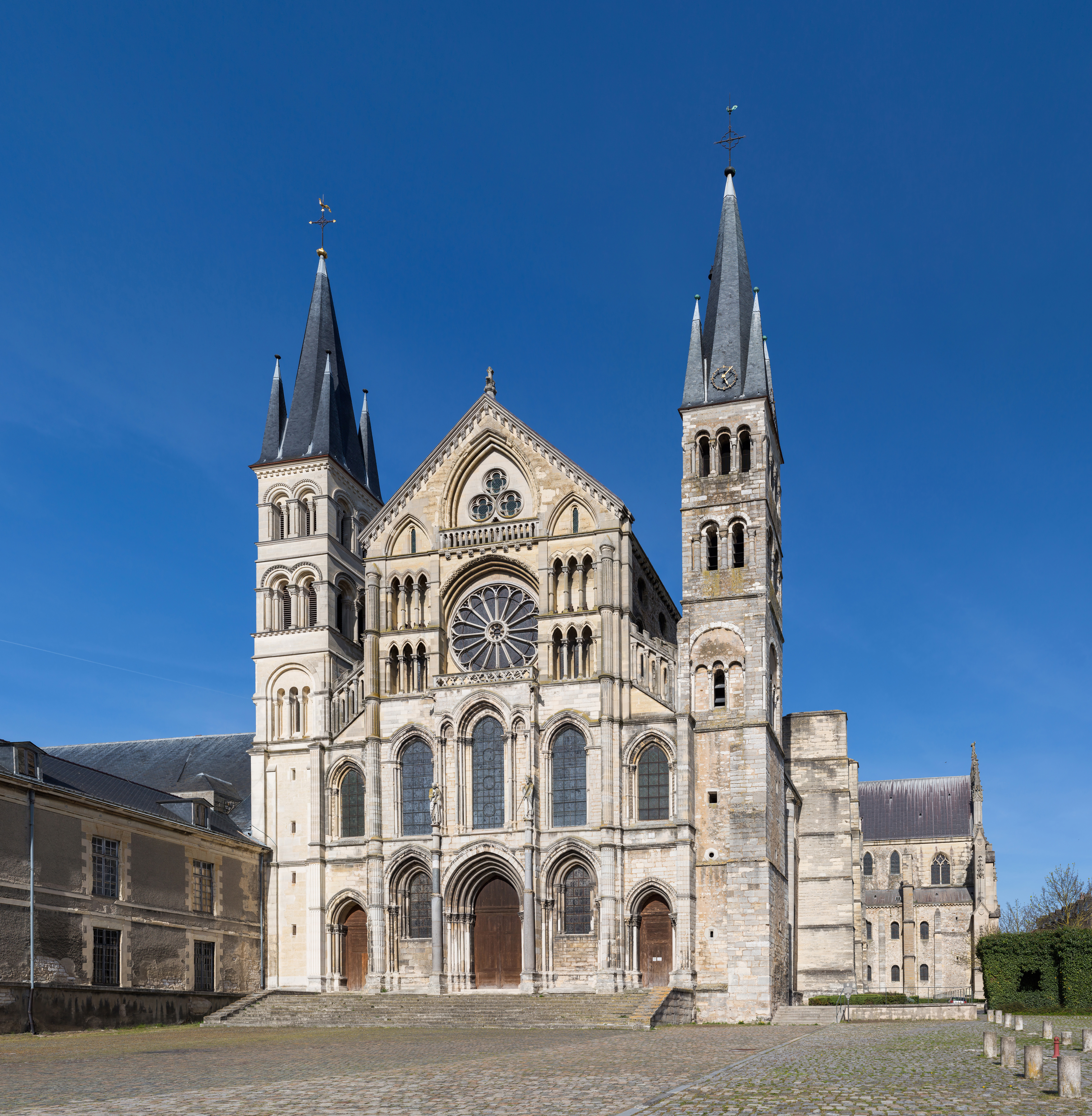

 Architecture
Architecture
 Neo-Byzantine architecture
Neo-Byzantine architecture
 Renaissance architecture
Renaissance architecture
 Russian Renaissance
Russian Renaissance

 History
History
 M 1500 - 2000 AD
M 1500 - 2000 AD

 Religion
Religion
 Russia
Russia

 World Heritage
World Heritage

聖ワシリイ大聖堂(露:Собор Василия Блаженного)はロシアの首都、モスクワの赤の広場に立つロシア正教会の大聖堂。正式名称は「堀の生神女庇護大聖堂」(Собор Покрова, что на Рву、詳細は#名称・記憶を参照)。
「聖ワシリー大聖堂」「聖ヴァシーリー大聖堂」「聖ワシーリー寺院」とも日本では表記される。
1551年から1560年にかけて、イヴァン4世(雷帝)が、カザン・ハーンを捕虜とし勝利したことを記念して建立した。ロシアの聖堂でもっとも美しい建物のひとつと言われる。1990年にユネスコの世界遺産に登録された。
ゲームソフト等で有名なテトリスでは、ロシア文化をイメージとした背景や音楽等がよく用いられており、聖ワシリイ大聖堂もしばしば背景画像やパッケージとして使われている。
「クレムリンの聖ワシリイ大聖堂」といった説明がされることもあるが、大聖堂はクレムリンの城壁の内側には位置していないため誤りである。聖ワシリイ大聖堂が位置する赤の広場はクレムリンの城壁の外側にある。
The Cathedral of Vasily the Blessed (Russian: собо́р Васи́лия Блаже́нного, Sobor Vasiliya Blazhennogo), commonly known as Saint Basil's Cathedral, is an Orthodox church in Red Square of Moscow, and is one of the most popular cultural symbols of Russia. The building, now a museum, is officially known as the Cathedral of the Intercession of the Most Holy Theotokos on the Moat, or Pokrovsky Cathedral.[5] It was built from 1555 to 1561 on orders from Ivan the Terrible and commemorates the capture of Kazan and Astrakhan. It was the city's tallest building until the completion of the Ivan the Great Bell Tower in 1600.[6]
The original building, known as Trinity Church and later Trinity Cathedral, contained eight chapels arranged around a ninth, central chapel dedicated to the Intercession; a tenth chapel was erected in 1588 over the grave of the venerated local saint Vasily (Basil). In the 16th and 17th centuries, the church, perceived (as with all churches in Byzantine Christianity) as the earthly symbol of the Heavenly City,[7] was popularly known as the "Jerusalem" and served as an allegory of the Jerusalem Temple in the annual Palm Sunday parade attended by the Patriarch of Moscow and the Tsar.[8]
The cathedral has nine domes (each one corresponding to a different church) and is shaped like the flame of a bonfire rising into the sky,[9] a design that has no parallel in Russian architecture. Dmitry Shvidkovsky, in his book Russian Architecture and the West, states that "it is like no other Russian building. Nothing similar can be found in the entire millennium of Byzantine tradition from the fifth to the fifteenth century ... a strangeness that astonishes by its unexpectedness, complexity and dazzling interleaving of the manifold details of its design."[10] The cathedral foreshadowed the climax of Russian national architecture in the 17th century.[11]
La cattedrale dell'Intercessione della Madre di Gesù sul Fossato, popolarmente nota come cattedrale di San Basilio, è una cattedrale della Chiesa ortodossa russa eretta sulla Piazza Rossa di Mosca tra il 1555 e il 1561 (XVI). Costruita per volontà di Ivan IV di Russia per commemorare la presa di Kazan' e Astrachan', essa rappresenta il centro geometrico della città e il fulcro della sua crescita già dal XIV secolo.[1] È stato il più alto edificio della città di Mosca fino al completamento della Grande Torre Campanaria di Ivan il Grande, avvenuto nel 1600.[2]
L'edificio originale, noto come la chiesa della Trinità e successivamente come cattedrale della Trinità, constava di otto chiese laterali distribuite intorno alla nona, centrale, chiesa dell'Intercessione; la decima chiesa venne eretta nel 1588 sopra la tomba del venerato stolto Basilio il Benedetto. Durante il XVI e il XVII secolo la cattedrale, percepita come il simbolo in terra della Città celeste,[3] era popolarmente conosciuta come Gerusalemme e rappresentava un'allegoria del Tempio di Gerusalemme durante l'annuale parata della Domenica delle Palme capeggiata dal Patriarca di Mosca e dallo zar.[4]
Il disegno dell'edificio, la cui forma ricorda «le fiamme di un falò che sale verso il cielo»,[5] non ha analoghi nell'architettura russa: «Non è come nessun altro edificio russo. Niente di simile può essere trovato nell'intero millennio di tradizione bizantina intercorso tra il V e il XV secolo… una stranezza che lascia attoniti per l'imprevedibilità, la complessità e l'abbagliante fioritura dei dettagli riprodotti nel suo disegno.»[6] La cattedrale anticipò la climax dell'architettura nazionale russa del XVII secolo,[7] ma non è mai stata riprodotta direttamente.
La cattedrale ha operato come divisione del Museo Storico di Stato già dal 1928. Venne completamente secolarizzata nel 1929 e, al 2009, risulta ancora proprietà della Federazione russa. La cattedrale è inclusa dal 1990 come Patrimonio dell'umanità nella lista UNESCO, insieme con il Cremlino di Mosca.[8]
La Catedral de la Intercesión de la Santísima Virgen en el Montículo (en ruso Собор Покрова Пресвятой Богородицы, что на Рву, Sobor Pokrová Presvyatoy Bogoróditsy, chto na Rvu), más conocida como Catedral de San Basilio, es un templo ortodoxo localizado en la Plaza Roja de la ciudad de Moscú, Rusia. Es mundialmente famosa por sus cúpulas en forma de bulbo. A pesar de lo que se suele pensar popularmente, la Catedral de San Basilio no es ni la sede del Patriarca Ortodoxo de Moscú, ni la catedral principal de la capital rusa, pues en ambos casos es la Catedral de Cristo Salvador. Como parte de la Plaza Roja, la catedral de San Basilio fue incluida desde 1990, junto con el conjunto del Kremlin, en la lista de Patrimonio de la Humanidad de Unesco.2
La construcción de la catedral fue ordenada por el zar Iván el Terrible para conmemorar la conquista del Kanato de Kazán, y se realizó entre 1555 y 1561. En 1588, el zar Teodoro I de Rusia mandó que se agregara una nueva capilla en el lado este de la construcción, sobre la tumba de San Basilio el Bendito, santo por el cual se empezó a llamar popularmente la catedral.
San Basilio se encuentra en el extremo sureste de la Plaza Roja, justo frente a la Torre Spásskaya (la Torre del Salvador) del Kremlin y la iglesia de San Juan Bautista en Dyákovo.
En un jardín frente a la iglesia se levanta el Monumento a Minin y Pozharsky, una estatua de bronce en honor a Dmitri Pozharski y Kuzmá Minin, quienes reunieron voluntarios para el ejército que luchó contra los invasores polacos durante el conocido como Período Tumultuoso.
El concepto inicial era construir un grupo de capillas, dedicadas a cada uno de los santos en cuyo día el zar ganó una batalla, pero la construcción de una torre central unifica estos espacios en una sola catedral.
La leyenda dice que el zar Iván dejó ciego al arquitecto Póstnik Yákovlev para evitar que proyectara una construcción que pudiera superar a esta, aunque parece claro que no se trata más que de una fabulación, ya que Yákovlev participó, pasados unos años, en la construcción del Kremlin de Kazán.
La catedral de San Basilio no debe confundirse con el Kremlin de Moscú, que está situado a su lado en la Plaza Roja, y por tanto no forma parte de él. Aun así, muchos medios confunden ambas construcciones.
Собо́р Покрова́ Пресвято́й Богоро́дицы, что на Рву (Покро́вский собо́р, собо́р Покрова́ на Рву, разговорное — собо́р (храм) Васи́лия Блаже́нного) — православный храм на Красной площади в Москве, памятник русской архитектуры. Строительство собора велось с 1555 по 1561 год[1][2].
Собор объединяет одиннадцать церквей (приделов), часть из которых освящена в честь святых, дни памяти которых пришлись на решающие бои за Казань[3]. Центральная церковь сооружена в честь Покрова Богородицы, вокруг которой группируются отдельные церкви в честь: Святой Троицы, Входа Господня в Иерусалим, Николы Великорецкого, Трёх Патриархов: Александра, Иоанна и Павла Нового, Григория Армянского, Киприана и Иустины, Александра Свирского и Варлаама Хутынского, размещённые на одном основании-подклете, а также придел в честь Василия Блаженного[4][5], по имени которого храм получил второе, более известное название, и церковь Иоанна Блаженного, вновь открытая после длительного запустения в ноябре 2018 года[6].
В названии собора упомянут ров, проходивший вдоль Кремлёвской стены и служивший оборонительным укреплением (Алевизов ров), его глубина была около 13 метров, а ширина — около 36 метров[7][8].
Собор входит в российский список объектов Всемирного наследия ЮНЕСКО и является филиалом Государственного исторического музея[9].

Bath [bɑːθ] ist eine ca. 100.000 Einwohner zählende Großstadt im Südwesten Englands. Sie ist berühmt für ihre römischen Bäder, die ab dem Jahr 43 n. Chr. von den damals hier lebenden Römern aus warmen Quellen entwickelt wurden. Diese einzigen heißen Quellen in England waren der Überlieferung nach schon in vorrömischer Zeit bekannt. Seit der Zeit Elisabeth I. entwickelte sich Bath immer mehr zum Kurort der wohlhabenden Bevölkerung. Daher gibt es noch viele historische Gebäude, insbesondere aus der georgianischen Epoche, in der Stadt. Der das Stadtbild prägende Werkstein ist der in der Nachbarschaft abgebaute Bath Stone. Bath ist Universitätsstadt und von der UNESCO als Weltkulturerbe eingestuft.
巴斯(英语:Bath,/ˈbɑːθ/或/ˈbæθ/;威尔士语:Caerfaddon)是英国英格兰西南区域萨默塞特郡巴斯和东北萨默塞特区的一座城市,位于伦敦以西156千米,布里斯托尔东南21千米,2021年人口普查时人口为94,092,较2001年人口增加了9900人。1590年,巴斯获得伊丽莎白女王一世颁发的皇家特许证而成为市级行政单位,1889年,它从萨默塞特郡中脱离出来,成为一个自治市,获得独立的行政管理权。1974年埃文郡成立,它被划归其中。1996年埃文郡废除后,巴斯和东北萨默塞特单一管理区成立,巴芙市成为该区的行政中心。
巴斯城最早建于公元43年,当时作为罗马帝国不列颠行省的一部分,巴斯是罗马人的温泉圣地,拉丁文名字是Aquae Sulis,意为“苏利丝之水”。但口头流传的说法称巴斯建城时间比这更早。埃文河谷地区的温泉是英格兰唯一的天然温泉,罗马人就在河谷之中,巴斯周围的小山上建立了温泉浴场和一座寺庙。公元973年,埃德加在巴斯修道院加冕成为英国国王。多年之后的乔治王时代,巴斯成为一个温泉圣地。这使巴斯城急剧扩张,留下许多杰出的乔治时期巴斯石制建筑。1987年,巴斯城当选为世界遗产城市之一。

拜罗伊特不但是一个拥有皇家宫廷官邸和著名作曲家瓦格纳的世界历史名城 ,还是上弗兰肯地区经济文化最发达的城市, 例如: 拜罗伊特大学, 高科技研究中心, 历史名胜古迹和博物馆。这里还是全德国的高级峰会城市。
具有巴洛克建筑艺术风格的拜罗伊特伯爵歌剧院在欧洲享有盛名。历史悠久的皇宫,秀丽的园林. 梦幻般的岩洞和精制的喷泉,让人流连忘返。种类 繁多的博物馆,丰富多彩的音乐和戏剧表演,以及瓦 格纳文艺会演剧院中那无以伦比的音响效果,都体现 出文化和艺术上的最高水平,更使慕名前来的到访者 落意不绝 。
拜罗伊特还拥有世界顶级水平-LOHENGRIN THERME美容健身疗养中心,它是经国家鉴定承任 的天然矿物温泉浴场。疗养中心的旁边还有秀丽的园 林小舍和上弗兰肯地区最大的高尔夫球场。 豪华舒适 的饭店和干净清幽的小旅店,让人忘却在外奔波的疲 惫,且倍感轻松。 这里不但有能让美食家一饱口福的 弗兰肯地区的特色 佳肴,还可以品尝到世界各地的美 食。(Quelle:http://www.bayreuth.de/chinese/25308325992023429305274263681424744_523.html)
Bayreuth [baɪ̯ˈrɔʏ̯t] ist eine kreisfreie Stadt im bayerischen Regierungsbezirk Oberfranken und zählt zur Metropolregion Nürnberg. Die Stadt ist Sitz der Regierung von Oberfranken, des Bezirks Oberfranken und des Landratsamts Bayreuth. Weltberühmt ist Bayreuth durch die alljährlich im Festspielhaus auf dem Grünen Hügel stattfindenden Richard-Wagner-Festspiele. Das markgräfliche Opernhaus gehört seit 2012 zum UNESCO-Weltkulturerbe.
Anders als der Name vermuten lässt, gehört die Stadt erst seit dem Jahr 1810 zu Bayern.[2] Als Folge der Jahrhunderte währenden Zugehörigkeit zum Fürstentum Bayreuth ist sie protestantisch geprägt.
バイロイト(Bayreuth)は、バイエルン州オーバーフランケン行政管区の郡独立市。オーバーフランケン行政管区、オーバーフランケン郡市連合およびバイロイト郡の本部庁舎が存在している。グリューネン・ヒューゲル地区の祝祭歌劇場で毎年開催されるバイロイト音楽祭(リヒャルト・ワーグナー音楽祭)で世界的に有名である。
Bayreuth (German pronunciation: [baɪˈʁɔʏt] (![]() listen); Upper Franconian: [ba(ː)ˈɾaɪ̯t]) (Bavarian: Bareid) is a medium-sized city in northern Bavaria, Germany, on the Red Main river in a valley between the Franconian Jura and the Fichtelgebirge Mountains. The town's roots date back to 1194. In the early 21st century, it is the capital of Upper Franconia and has a population of 72,148 (2015). It is world-famous for its annual Bayreuth Festival, at which performances of operas by the 19th-century German composer Richard Wagner are presented.
listen); Upper Franconian: [ba(ː)ˈɾaɪ̯t]) (Bavarian: Bareid) is a medium-sized city in northern Bavaria, Germany, on the Red Main river in a valley between the Franconian Jura and the Fichtelgebirge Mountains. The town's roots date back to 1194. In the early 21st century, it is the capital of Upper Franconia and has a population of 72,148 (2015). It is world-famous for its annual Bayreuth Festival, at which performances of operas by the 19th-century German composer Richard Wagner are presented.
Bayreuth est une ville d'Allemagne, située dans une région boisée du nord de la Bavière, la Franconie. Elle est la capitale de la Haute-Franconie, un des sept districts qui forment la Bavière. Elle est devenue une importante ville universitaire et un centre économique de pointe en matière de haute technologie.
Bayreuth (in bavarese Bayreith) è una città extracircondariale nella Baviera settentrionale, in Germania, sul cosiddetto ramo rosso del Meno. È la capitale dell'Alta Franconia ed è sede del Governo dell'Alta Franconia, del Consiglio Regionale dell'Alta Franconia e degli uffici del ministro della Regione.
Bayreuth è famosa grazie al festival di Wagner, che viene presentato annualmente nella Festspielhaus, che si trova su un'altura della città.
Il teatro dell'Opera dei Margravi è stato nominato nel 2012 Patrimonio dell'UNESCO. A dispetto del suo nome, la città appartiene alla Baviera (Bayern) solo dal 1810. La città è strettamente legata al grande compositore Richard Wagner.
Bayreuth es una ciudad de la región administrativa de Alta Franconia, en el estado de Baviera (Alemania). Está situada a orillas del río Meno rojo —una de las cabeceras del río Meno—, en el este de Alemania. Su población era de 72.670 habitantes (31 de diciembre de 2010).
La ciudad es famosa por su relación con el compositor Richard Wagner, quien vivió aquí desde 1872 hasta 1882 (murió un año más tarde en Venecia). La casa de Wagner, Wahnfried, se construyó en la ciudad gracias al patrocinio del rey Luis II de Baviera y se ha convertido en un museo wagneriano. En la zona norte de la ciudad se encuentra el Bayreuth Festspielhaus, un teatro de la ópera construido especialmente para representar las obras de Wagner.
Los estrenos de las obras El anillo del nibelungo y Parsifal tuvieron lugar en este teatro. Cada año se celebra en la ciudad el Festival de Bayreuth dedicado a la representación de óperas del compositor alemán.
En el primer ensayo del teatro de Bayreuth, Wagner interpretó su obra Parsifal, drama germano-cristiano, invitando a tal efecto a Nietzsche. Hay quienes sugieren que esta fue la razón por la que el filósofo nunca más le dirigió la palabra y despotricaría más tarde contra el músico en sus libros del último período.
Ба́йройт[4][5][6], также Байрёйт[7][6][8] (нем. Bayreuth, бав. Bayreith) — город земельного подчинения в Германии, расположен на территории земли Бавария. Является административным центром округа Верхняя Франкония.
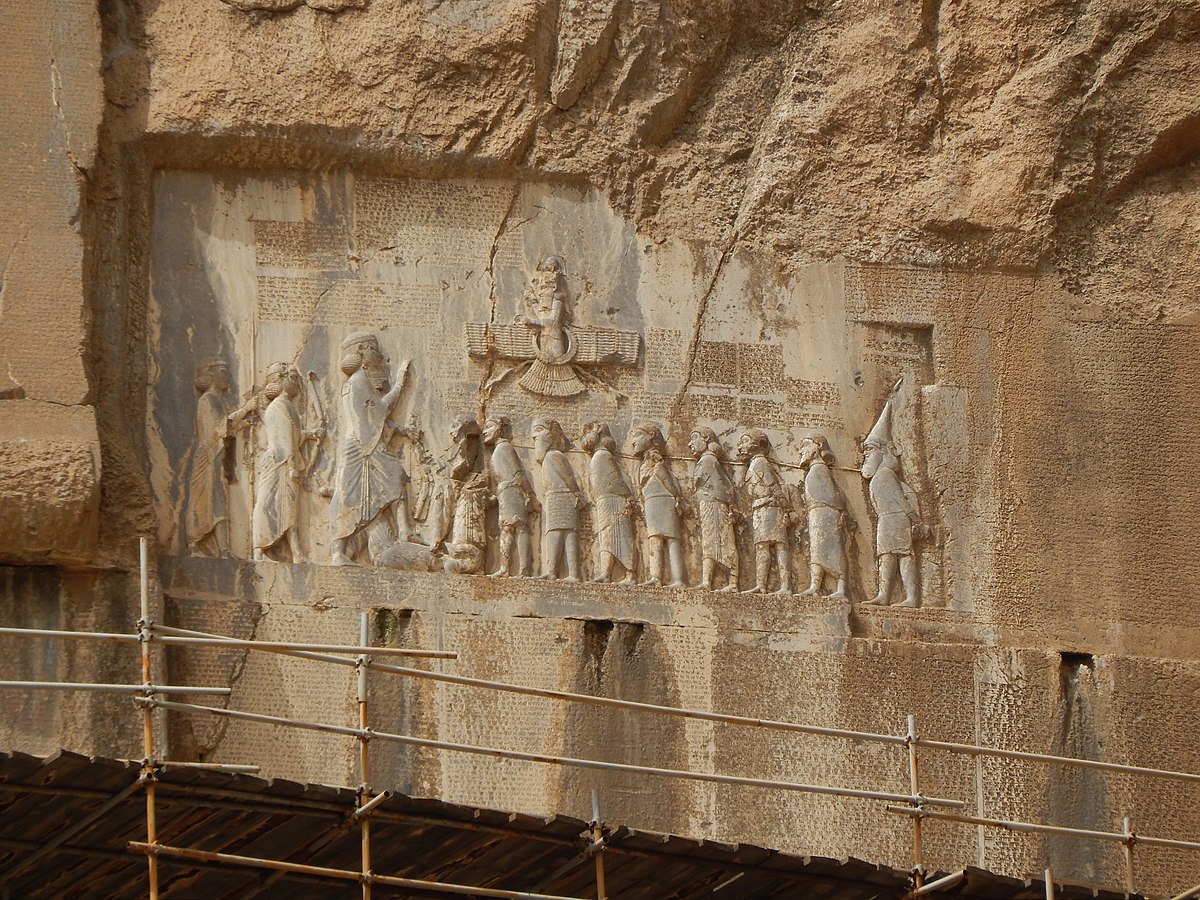
Die Behistun-Inschrift ist eine Felsinschrift aus dem fünften Jahrhundert v. Chr. im heutigen Iran. Sie hat ihren Namen vom Ort Bisotun (Behistan) im Nordwesten des Iran. Die große Inschrift wird auch als DB (für Dareios I., Bisotun) bezeichnet. Die dreisprachige Inschrift war für die assyrische und elamische Keilschrift ähnlich wichtig wie der Stein von Rosette für die Entzifferung der ägyptischen Hieroglyphen. Inschriften und Relief wurden 2006 zusammen in die Liste des UNESCO-Welterbes aufgenommen.
贝希斯敦铭文(波斯语:بیستون;古波斯语:Bagastana)是一个位于伊朗克尔曼沙汗省贝希斯敦山上的多语言铭文,该处近伊朗西部克尔曼沙赫。
这石刻是刻在山崖,由阿契美尼德帝国(又称波斯第一帝国)国王大流士一世在位时所立,铭记他镇压高墨达政变和各地人民起义以及他取得王位的经过。
石刻上有描绘大流士一世脚踏高墨达的浮雕及其周围的铭文。整篇铭文以三种不同的楔形文字写成:古波斯语(有414行)、埃兰语(有593行)及巴比伦语(一种后期的阿卡德语,有112行)。巴比伦语不像古波斯语,属闪米特语族。于是,此石刻有如罗塞塔石碑之于埃及象形文字一样,大力帮助专家们破解楔形文字。
1835年,英国学者劳林森到达此遗迹及拓取古波斯文铭文摹本,1843年再来拓取石刻上其余铭文的摹本。在他及其他学者的努力下,古波斯文铭文首先被成功解读,其它两语铭文随后也被成功解读。
 Beijing Shi-BJ
Beijing Shi-BJ
 China
China
 Chinese Super League 2019
Chinese Super League 2019

 Financial
Financial
 ***Global Financial Center
***Global Financial Center

 History
History
 N 2000 - 2100 AD
N 2000 - 2100 AD

 History
History
 L 1000 - 1500 AD
L 1000 - 1500 AD

 History
History
 M 1500 - 2000 AD
M 1500 - 2000 AD

 International cities
International cities
 ***Global Urban Economic Competitiveness
***Global Urban Economic Competitiveness
 ITU World Championship Series
ITU World Championship Series
 Beijing-Hangzhou Grand Canal
Beijing-Hangzhou Grand Canal
 League of Legends
League of Legends
 League of Legends World Championship
League of Legends World Championship
 Olympic Summer Games
Olympic Summer Games
 2022 Winter Olympics
2022 Winter Olympics
 Silk road
Silk road
 Shanghai Cooperation Organization
Shanghai Cooperation Organization

 Sport
Sport
 Triathlon
Triathlon

 World Heritage
World Heritage
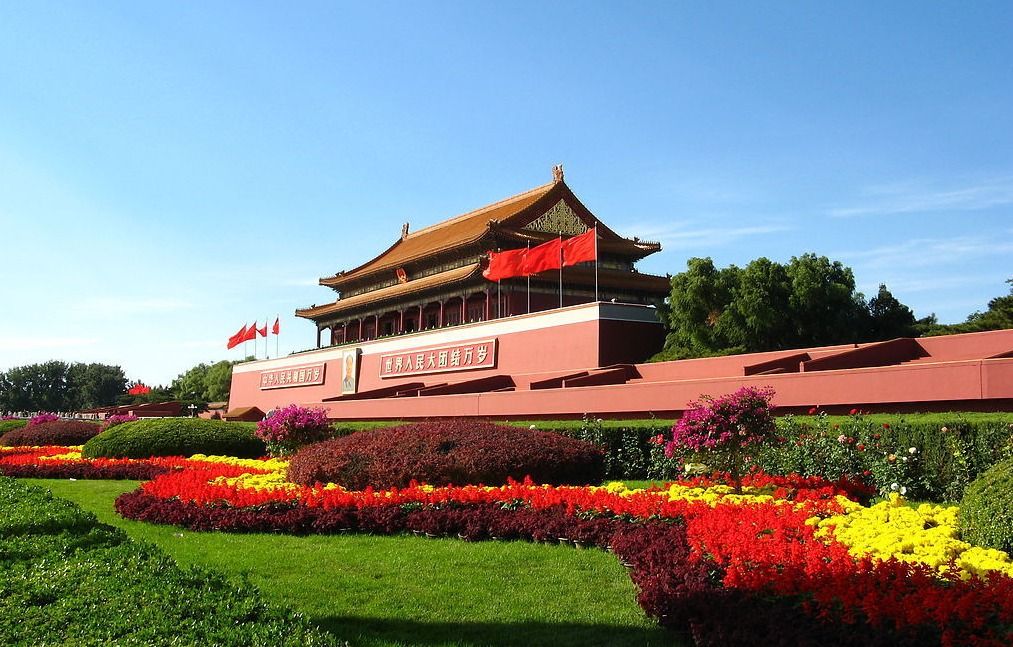
北京,简称“京”,是中华人民共和国的首都、直辖市、国家中心城市、超大城市、国际大都市,全国政治中心、文化中心、国际交往中心、科技创新中心,是中国共产党中央委员会、中华人民共和国中央人民政府、全国人民代表大会、中国人民政治协商会议全国委员会、中华人民共和国中央军事委员会所在地,也是中部战区司令部驻地。
北京位于华北平原北部,背靠燕山,毗邻天津市和河北省。北京的气候为典型的北温带半湿润大陆性季风气候。
北京是首批国家历史文化名城和世界上拥有世界文化遗产数最多的城市,三千多年的历史孕育了故宫、天坛、八达岭长城、颐和园等众多名胜古迹。早在七十万年前,北京周口店地区就出现了原始人群部落“北京人”。公元前1045年,北京成为蓟、燕等诸侯国的都城。公元938年以来,北京先后成为辽陪都、金中都、元大都、明、清国都。1949年10月1日成为中华人民共和国首都。
北京被全球权威机构GaWC评为世界一线城市 。联合国报告指出,北京人类发展指数居中国城市第二位 。2017年,北京人均可支配收入达到57230元,社会消费品零售总额11575.4亿元 。北京住户存款总额和人均住户存款均居全国第一 。2017年,北京高新技术企业达到20183家。 福布斯2017年“中国大陆最佳商业城市排行榜”排第3位。
2015年7月31日,国际奥委会主席巴赫宣布北京携手张家口获得2022年冬季奥林匹克运动会的举办权。北京由此成为全球首个既举办过夏季奥运会又将举办冬季奥运会的城市。
北京是一座有着三千多年历史的古都,在不同的朝代有着不同的称谓,大致算起来有二十多个别称。
燕都,据史书记载,公元前1122年,周武王灭商以后,在燕封召公。燕都因古时为燕国都城而得名。战国七雄中有燕国,据说是因临近燕山而得国名,其国都称为“燕都”。
幽州,远古时代的九州之一。幽州之名,最早见于《尚书·舜典》:“燕曰幽州。”两汉、魏、晋、唐代都曾设置过幽州,所治均在今天的北京一带。
京城,京城泛指国都,北京成为国都后,也多将其称为京城。
南京,辽太宗会同元年(938年),将原来的幽州升为幽都府,建号南京,又称燕京,作为辽的陪都。当时辽的首都在上京。
大都,元代以金的离宫今北海公园为中心重建新城,元世祖至元九年(1272年)改称大都,俗称元大都。
北平,明代洪武元年(1368年),朱元璋灭掉元朝后,为了记载平定北方的功绩,将元大都改称北平。
北京,明永乐元年(1403年),明成祖朱棣永乐皇帝取得皇位后,将他做燕王时的封地北平府改为顺天府,建北京城,并准备迁都城于此,这是正式命名为北京的开始,至今已有600余年的历史。
京师,明成祖于永乐十八年(1420年)迁都北京,改称京师,直至清代。
京兆,民国二年(1913年)废顺天府,翌年置京兆地方,直隶中央,其范围包括今天的北京大部分地区,民国十七年(1928年)废京兆地方,改北京为北平。
Peking (chinesisch 北京, Pinyin Běijīng, W.-G. Pei-ching auch Beijing,  [pei˨˩tɕiŋ˥˥], deutsch historisch Pekingen[2]) ist die Hauptstadt der Volksrepublik China. Der Name bedeutet Nördliche Hauptstadt (vgl. Nanjing für Südliche Hauptstadt). Peking hat eine über dreitausendjährige Geschichte und ist heute eine regierungsunmittelbare Stadt, das heißt, sie ist direkt der Zentralregierung unterstellt und damit Provinzen, autonomen Gebieten und Sonderverwaltungszonen gleichgestellt.
[pei˨˩tɕiŋ˥˥], deutsch historisch Pekingen[2]) ist die Hauptstadt der Volksrepublik China. Der Name bedeutet Nördliche Hauptstadt (vgl. Nanjing für Südliche Hauptstadt). Peking hat eine über dreitausendjährige Geschichte und ist heute eine regierungsunmittelbare Stadt, das heißt, sie ist direkt der Zentralregierung unterstellt und damit Provinzen, autonomen Gebieten und Sonderverwaltungszonen gleichgestellt.
Das gesamte 16.807 Quadratkilometer große (etwas größer als Schleswig-Holstein) Verwaltungsgebiet Pekings hat 21,5 Millionen Einwohner (Stand: März 2016).[3] Es stellt kein zusammenhängendes Stadtgebiet dar, mit seiner dominierenden ländlichen Siedlungsstruktur ist es eher mit einer Provinz vergleichbar.[4] Von der Gesamtbevölkerung sind 11,8 Millionen registrierte Bewohner mit ständigem Wohnsitz (戶口 / 户口, hùkǒu) und 7,7 Millionen temporäre Einwohner (流動人口 / 流动人口, liúdòng rénkǒu) mit befristeter Aufenthaltsgenehmigung (暫住證 / 暂住证, zànzhùzhèng).[5] Wird die Kernstadt (hohe Bebauungsdichte und geschlossene Ortsform) als Grundlage genommen, leben in Peking 7,7 Millionen Menschen mit Hauptwohnsitz (2007).[6] Der Ballungsraum (einschließlich Vororte) hat 11,8 Millionen Einwohner (2007).[7] Ab 2017 soll die Metropole Kern einer Megalopolis von 130 Millionen Einwohnern namens Jing-Jin-Ji werden.
Peking stellt als Hauptstadt das politische Zentrum Chinas dar. Aufgrund der langen Geschichte beherbergt Peking ein bedeutendes Kulturerbe. Dies umfasst die traditionellen Wohnviertel mit Hutongs, den Tian’anmen-Platz (chinesisch Platz am Tor des Himmlischen Friedens), die 1987 von der UNESCO zum Weltkulturerbe erklärte Verbotene Stadt, den neuen und alten Sommerpalast und verschiedene Tempel, wie z. B. den Himmelstempel, den Lamatempel und den Konfuziustempel.(2012)
北京市(ペキンし、中国語: 北京市、拼音: Běijīng)は、中華人民共和国の首都である。
行政区画上は直轄市であり、中国の華北の中央に位置する。人口は2152万(2014年)であり、中国では上海に次ぐ第二の都市。世界有数のメガシティであり、極めて高い影響力を有する世界都市でもある。古くは大都・燕京・北平とも呼ばれた。
春秋戦国時代には燕の首都で薊(けい)と称された。周の国都洛陽からは遠く離れ、常に北方の匈奴などの遊牧民族の侵入による被害を受ける辺境であった。秦漢代には北平(ほくへい)と称されるが、満州開発が進み、高句麗など周辺国の勢力が強大となると、戦略上、また交易上の重要な拠点として重視されるようになった。北京市に隣接する河北省涿郡(たくぐん)は三国志の英雄劉備の故郷で知られるとともに隋の煬帝が築いた大運河の北の起点とされている。
唐末五代の騒乱期、内モンゴルから南下してきた遼朝は、後晋に対し軍事支援を行った代償として北京地方を含む燕雲十六州を割譲された。遼はこの都市を副都の一つ南京と定めた。その後金朝が遼を滅ぼし支配権を獲得すると、金は北京に都城を定め中都とした。更にモンゴル帝国(元朝)が金を滅ぼすと大都として元朝の都城となり、カラコルムに代わってモンゴル帝国の中心となった。
朱元璋が元を北方に駆逐し明朝が成立すると、名称は北平に戻され、都城は南京に定められた。しかし、燕王に封じられ北京を拠点とした朱棣(後の永楽帝)は、1402年に建文帝に対し軍事攻撃を行い政権を奪取。皇帝に即位した後北京遷都を実行し地名を北京に改めた。辛亥革命後は中華民国北洋政府は北京を首都と定めたが、南京を首都と定めた蒋介石を中心とする国民政府は、「政府直轄地域」を意味する直隷省を1928年6月15日に河北省へ、北の首都を意味する北京を北平(ほくへい、ベイピンBěipíng)へと、それぞれ改称した。1937年から1945年まで続いた日本軍占領期は北京の名称が用いられ(公式には1940年に改名)、日本の敗戦によって再び北平に改称された。
1949年10月1日の中華人民共和国成立により新中国の首都とされた北京(北平)は再び北京と改称され現在に至っている。しかし、中華人民共和国の存在を承認せず、南京を公式な首都として大陸地区への統治権を主張する中華民国(台湾)では、現在でも公式名称として「北平」の名称が用いられている。
Beijing (/beɪˈdʒɪŋ/;[10] Mandarin: [pèi.tɕíŋ] ( listen)), formerly romanized as Peking,[11] is the capital of the People's Republic of China, the world's third most populous city proper, and most populous capital city. The city, located in northern China, is governed as a municipality under the direct administration of central government with 16 urban, suburban, and rural districts.[12] Beijing Municipality is surrounded by Hebei Province with the exception of neighboring Tianjin Municipality to the southeast; together the three divisions form the Jingjinji metropolitan region and the national capital region of China.[13]
listen)), formerly romanized as Peking,[11] is the capital of the People's Republic of China, the world's third most populous city proper, and most populous capital city. The city, located in northern China, is governed as a municipality under the direct administration of central government with 16 urban, suburban, and rural districts.[12] Beijing Municipality is surrounded by Hebei Province with the exception of neighboring Tianjin Municipality to the southeast; together the three divisions form the Jingjinji metropolitan region and the national capital region of China.[13]
Beijing is an important capital and global power city, and one of the world's leading centers for politics, economy and business, finance, education, culture, innovation and technology, architecture, language, and diplomacy. A megacity, Beijing is the second largest Chinese city by urban population after Shanghai and is the nation's political, cultural, and educational center.[14] It is home to the headquarters of most of China's largest state-owned companies and houses the largest number of Fortune Global 500 companies in the world.[15] It is also a major hub for the national highway, expressway, railway, and high-speed rail networks. The Beijing Capital International Airport has been the second busiest in the world by passenger traffic since 2010,[16] and, as of 2016, the city's subway network is the busiest and second longest in the world.
Combining both modern and traditional architecture, Beijing is one of the oldest cities in the world, with a rich history dating back three millennia. As the last of the Four Great Ancient Capitals of China, Beijing has been the political center of the country for most of the past eight centuries,[17] and was the largest city in the world by population for much of the second millennium A.D.[18] Encyclopædia Britannica notes that "few cities in the world have served for so long as the political headquarters and cultural center of an area as immense as China."[19] With mountains surrounding the inland city on three sides, in addition to the old inner and outer city walls, Beijing was strategically poised and developed to be the residence of the emperor and thus was the perfect location for the imperial capital. The city is renowned for its opulent palaces, temples, parks, gardens, tombs, walls and gates.[20] It has seven UNESCO World Heritage Sites – the Forbidden City, Temple of Heaven, Summer Palace, Ming Tombs, Zhoukoudian, and parts of the Great Wall and the Grand Canal – all popular locations for tourism.[21] Siheyuans, the city's traditional housing style, and hutongs, the narrow alleys between siheyuans, are major tourist attractions and are common in urban Beijing.
Pékin2 (en chinois : 北京 ; pinyin : běijīng ; API : [pe˨˩˦i.tɕi˥ŋ] Écouter la prononciation en mandarin, littéralement « capitale du nord »), également appelée Beijing, est la capitale de la République populaire de Chine. Située dans le nord du pays, la municipalité de Pékin (北京市, abrégé en 北京), d'une superficie de 16 800 km2, borde la province du Hebei ainsi que la municipalité de Tianjin. Pékin est considérée comme le centre politique et culturel de la Chine, tandis que Hong Kong et Shanghai dominent au niveau économique.
D'abord ville périphérique de l'empire chinois sous les Han et les Tang, elle prend de l'importance lorsque les Jurchen, qui fondent la dynastie Jin, la choisissent comme leur capitale principale en 1153. Le prince mongol Kubilai Khan en fait de même sous le nom de Dadu (« grande métropole »), enfin les Ming y transfèrent leur administration en 1421, parachevant le choix de Pékin comme capitale de la Chine. Située à proximité de la Grande Muraille, Pékin abrite des monuments célèbres comme la Cité interdite et le Temple du ciel, qui sont inscrits au patrimoine mondial. De nombreuses réalisations architecturales et structurelles ont modifié la ville à l'occasion des Jeux olympiques d'été dont elle a été l'hôte en 2008. Beijing a été choisie par le CIO pour organiser les Jeux olympiques d'hiver de 2022 et sera la première ville à avoir accueilli les deux éditions de l'évènement sportif international.
Avec 21,15 millions d'habitants en 2013, Pékin est la deuxième ville la plus peuplée de Chine après Shanghai. La zone urbaine compte quant à elle 18 millions d'habitants. Le parler pékinois forme la base du mandarin standard. D'un point de vue économique, Pékin est la troisième ville de Chine par le PIB total derrière Shanghai et Hong Kong. Elle connaît une croissance économique très rapide, nettement plus de 10 % par an dans les années 2000. Un nouveau Central business district (CBD) est en construction.
Pechino (AFI: /peˈkino/[1]; in cinese 北京S, BěijīngP, letteralmente "capitale del nord", pronuncia in mandarino[?·info]) è la capitale della Cina e della municipalità omonima.
L'intera municipalità ha dimensioni pari a poco più della metà del Belgio avendone però quasi il doppio degli abitanti (21.516.000[senza fonte]). Pechino è la seconda città più popolata della Cina dopo Shanghai, la capitale di Stato più popolata al mondo, e la seconda città del mondo per popolazione. Confina esclusivamente con la provincia dell'Hebei e a sud-est con la municipalità di Tientsin.
Pekín, Pequín o Beijing (chino simplificado y tradicional: 北京, pinyin: Běijīng, Wade-Giles: Pei-ching, pronunciado: [pèi.tɕíŋ](![]() escuchar), literalmente «capital del Norte») es uno de los cuatro municipios que, junto con las veintidós provincias, cinco regiones autónomas y dos regiones administrativas especiales, conforman la República Popular China. Además Pekín es la capital del país y una de las ciudades más pobladas del mundo con 21 150 000 personas en 2013.2
escuchar), literalmente «capital del Norte») es uno de los cuatro municipios que, junto con las veintidós provincias, cinco regiones autónomas y dos regiones administrativas especiales, conforman la República Popular China. Además Pekín es la capital del país y una de las ciudades más pobladas del mundo con 21 150 000 personas en 2013.2
Situada en la periferia de la antigua civilización china, Pekín se convirtió en el baluarte de las potencias extranjeras que ocuparon China del Norte entre los siglos X y XII. La dinastía Liao estableció aquí su capital meridional, la más acreditada de las cinco del reino. La dinastía Jin, la siguiente dinastía "bárbara" emprendió un amplio proyecto urbanístico a imagen de la capital de los Song septentrionales, Kaifeng. En 1215 los mongoles arrasaron la ciudad, pero 50 años después Kublai Kan decidió edificar en ella la nueva capital.
En la zona centro-sur del trazado hipodámico se hallaba la colosal villa imperial que contenía el complejo de palacios imperiales. El emperador Yongle, el tercer Ming, decidió trasladar la capitalidad a Pekín. Las murallas del lado septentrional fueron trasladadas más hacia el Sur para que el complejo palaciego imperial, la llamada Ciudad Prohibida, quedase exactamente en el centro del plano. Así la estructura del nuevo Pekín representa la cima del urbanismo tradicional chino, basado en la organización introducida por los mongoles así como en la estructura de los palacios imperiales de Kaifeng y Nankín además de tomar en consideración las normas de la geomancia china (風水).
Pekín es uno de los cuatro municipios de China que poseen un estatus provincial y están bajo el control directo del gobierno central. Pekín ha sido municipalidad desde la creación de la República Popular China. Es una de las ciudades más pobladas de China, tan sólo superada por Shanghái en cuanto a población. Es considerada el corazón cultural, político y social de China.
Пеки́н (кит. 北京, пиньинь: Běijīng, палл.: Бэйцзин, буквально: «Северная столица») — столица и один из городов центрального подчинения Китайской Народной Республики. Пекин с трёх сторон окружён провинцией Хэбэй и граничит с Тяньцзинем на юго-востоке.
Это крупнейший железно- и автодорожный узел и один из основных авиаузлов страны. Кроме того, Пекин является политическим, образовательным и культурным центром КНР, в то время как главными экономическими центрами считаются Шанхай и Гонконг. Вместе с тем, в последнее время всё больше берёт на себя роль локомотива предпринимательской деятельности и основного поля для создания инновационных предприятий.
Входит в число четырёх древних столиц Китая. В 2008 году в городе прошли Летние Олимпийские игры. В 2022 году в городе пройдут Зимние Олимпийские игры.

 Bellinzona?/i (italienisch [belinˈtsona], im lombardischen Dialekt der Umgebung einfach Bórgh [bork] ‹Stadt›;[5][6] deutsch heute selten Bellenz; französisch Bellinzone, früher auch Bellence; rätoromanisch
Bellinzona?/i (italienisch [belinˈtsona], im lombardischen Dialekt der Umgebung einfach Bórgh [bork] ‹Stadt›;[5][6] deutsch heute selten Bellenz; französisch Bellinzone, früher auch Bellence; rätoromanisch  Blizuna?/i, lateinisch Bilitio) ist eine politische Gemeinde im Kreis und Bezirk Bellinzona sowie Hauptort des italienischsprachigen Kantons Tessin in der Schweiz. Mit seinen rund 43'000 Einwohnern ist Bellinzona nach Lugano die zweitgrösste Stadt des Kantons.[7] Die Einwohner werden Bellenzer genannt, italienisch Bellinzonesi.
Blizuna?/i, lateinisch Bilitio) ist eine politische Gemeinde im Kreis und Bezirk Bellinzona sowie Hauptort des italienischsprachigen Kantons Tessin in der Schweiz. Mit seinen rund 43'000 Einwohnern ist Bellinzona nach Lugano die zweitgrösste Stadt des Kantons.[7] Die Einwohner werden Bellenzer genannt, italienisch Bellinzonesi.
In Bellinzona hat das Bundesstrafgericht seinen Sitz.
贝林佐纳(意大利语:Bellinzona、法语:Bellinzone、罗曼什语:Blizuna)是位于瑞士东南部的一座城市。贝林佐纳是提契诺州的首府。贝林佐纳的三城堡在2000年被登录为世界文化遗产。贝林佐纳是瑞士的第45大城市。贝林佐纳位处阿尔卑斯山脚下,东临提契诺河。

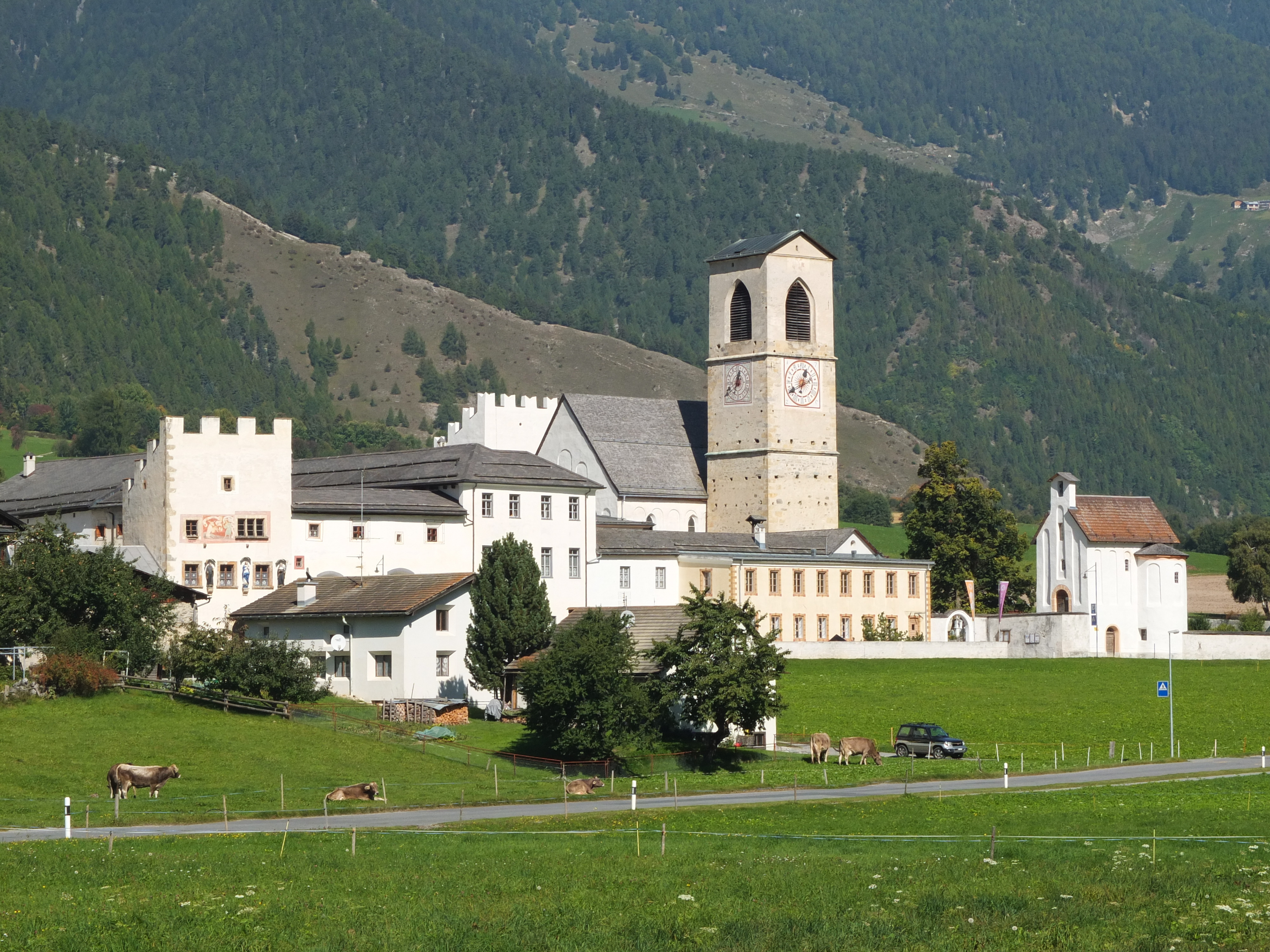
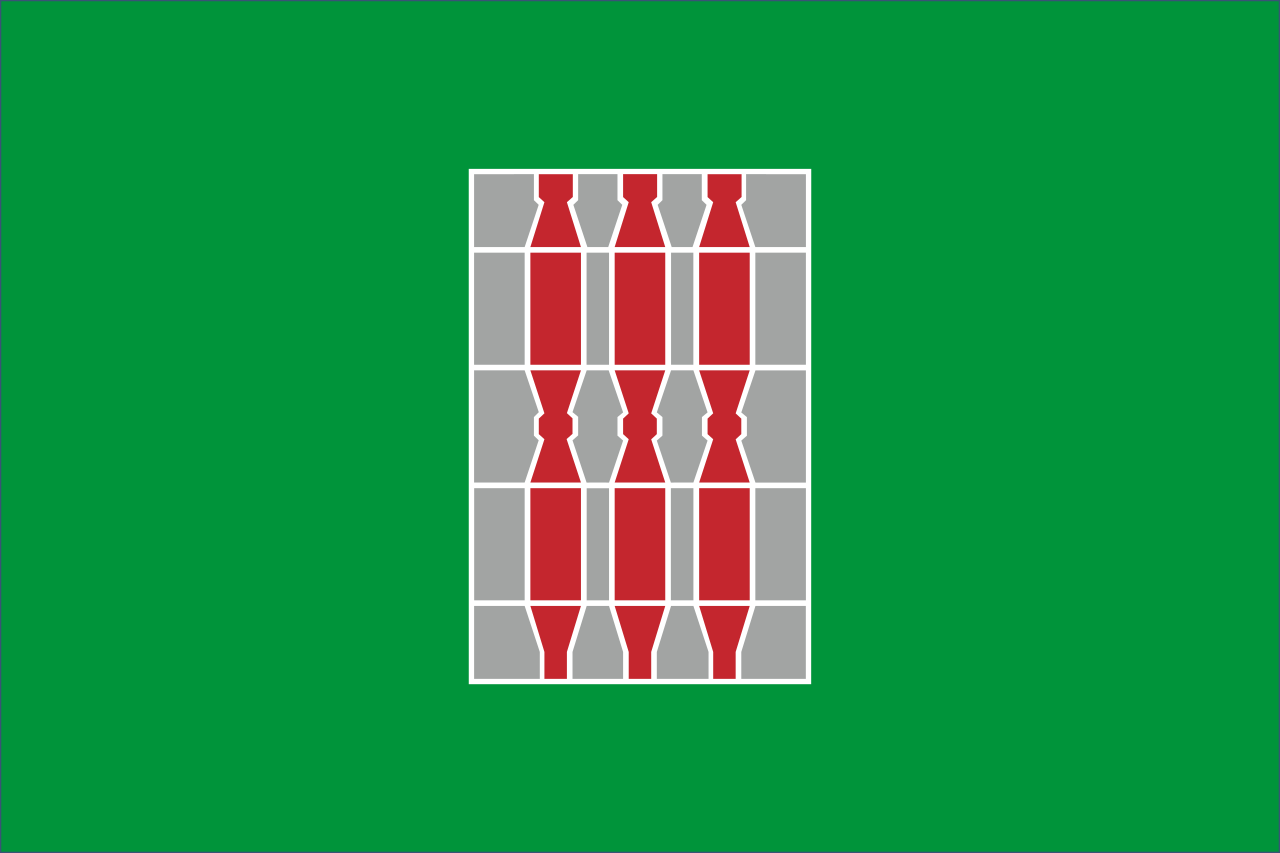 Umbria
Umbria
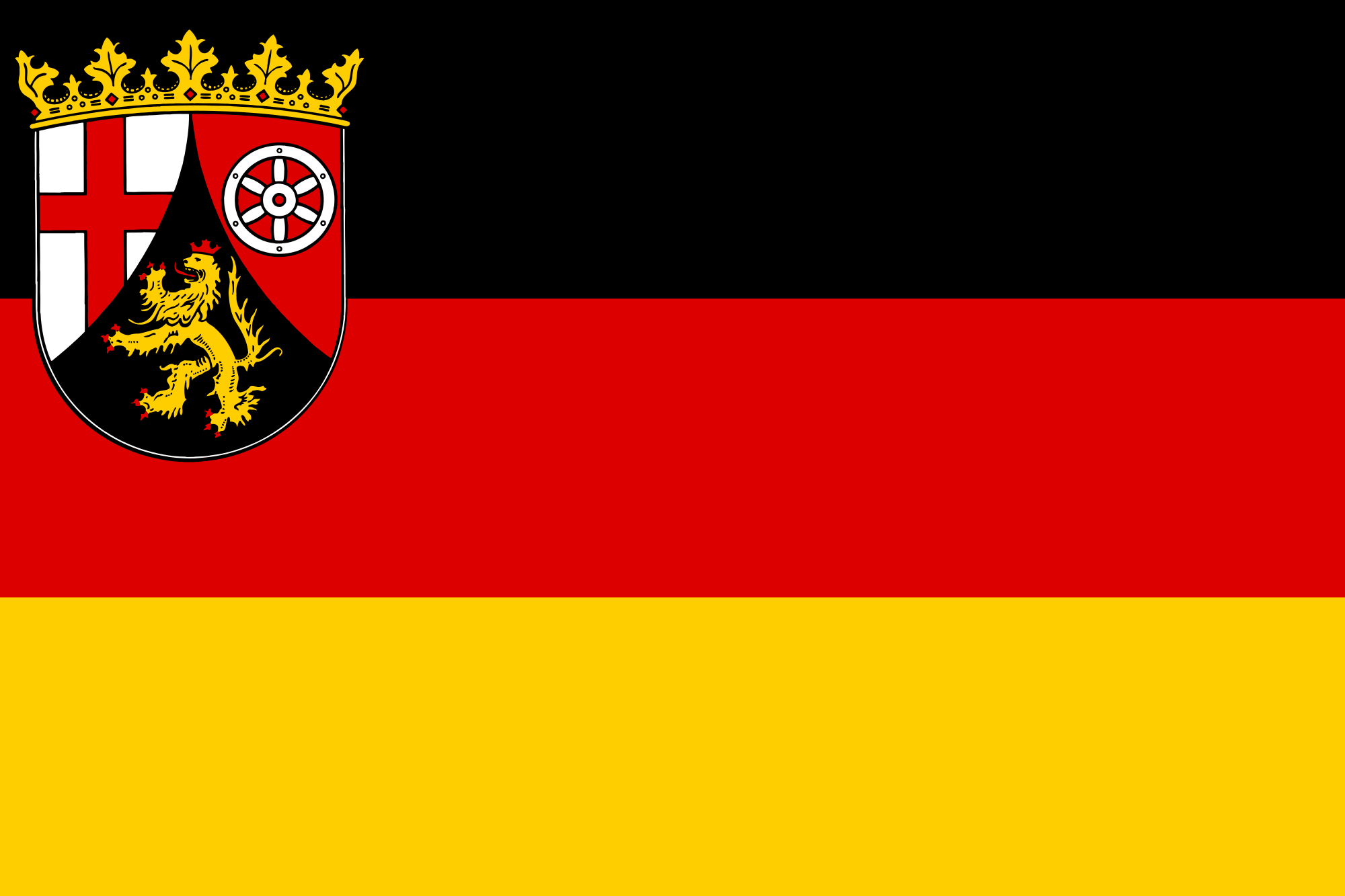 Rhineland-Palatinate
Rhineland-Palatinate
 Vacation and Travel
Vacation and Travel
 Grand Est
Grand Est
 Cities founded by the Romans
Cities founded by the Romans
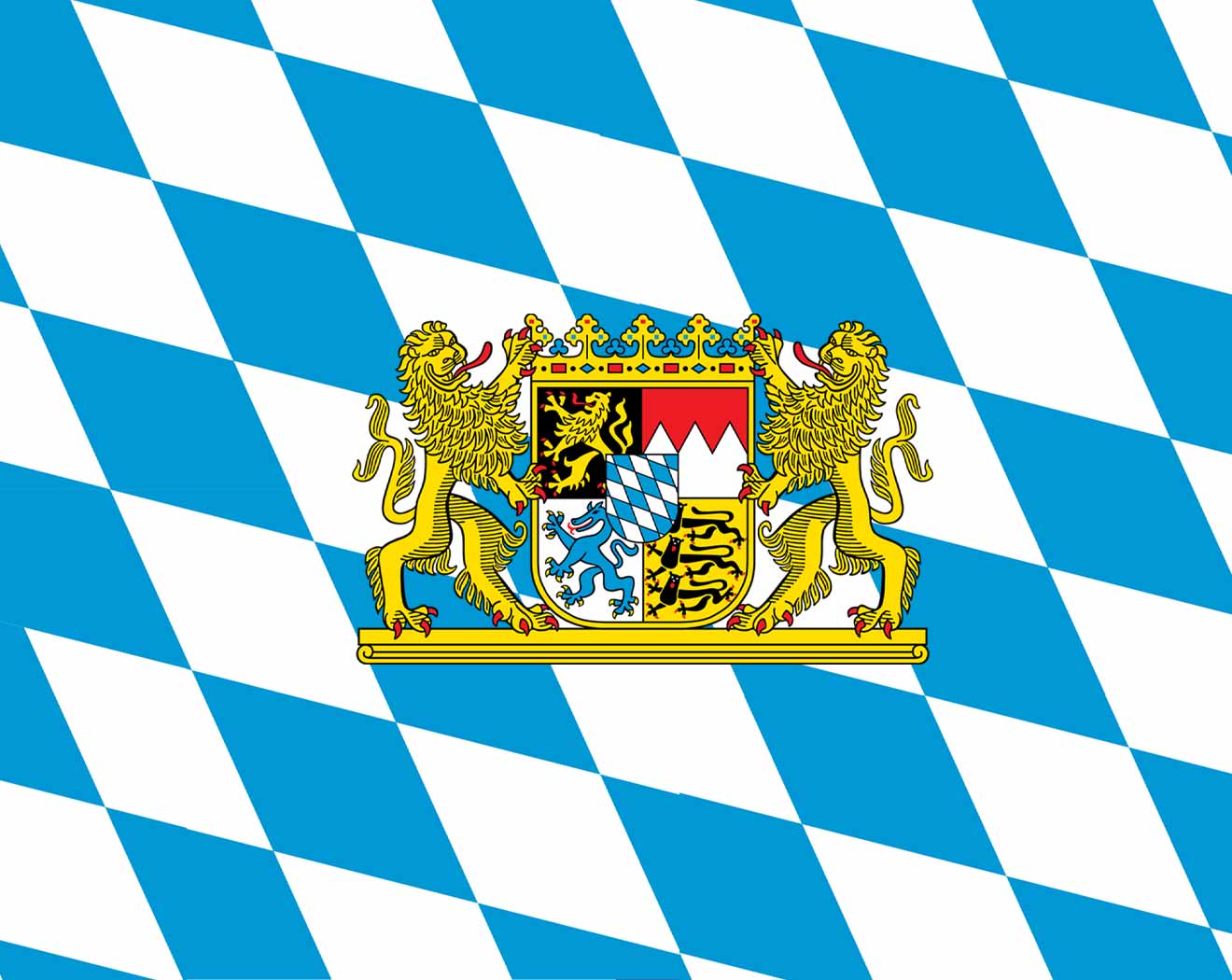 Bavaria
Bavaria
 Civilization
Civilization
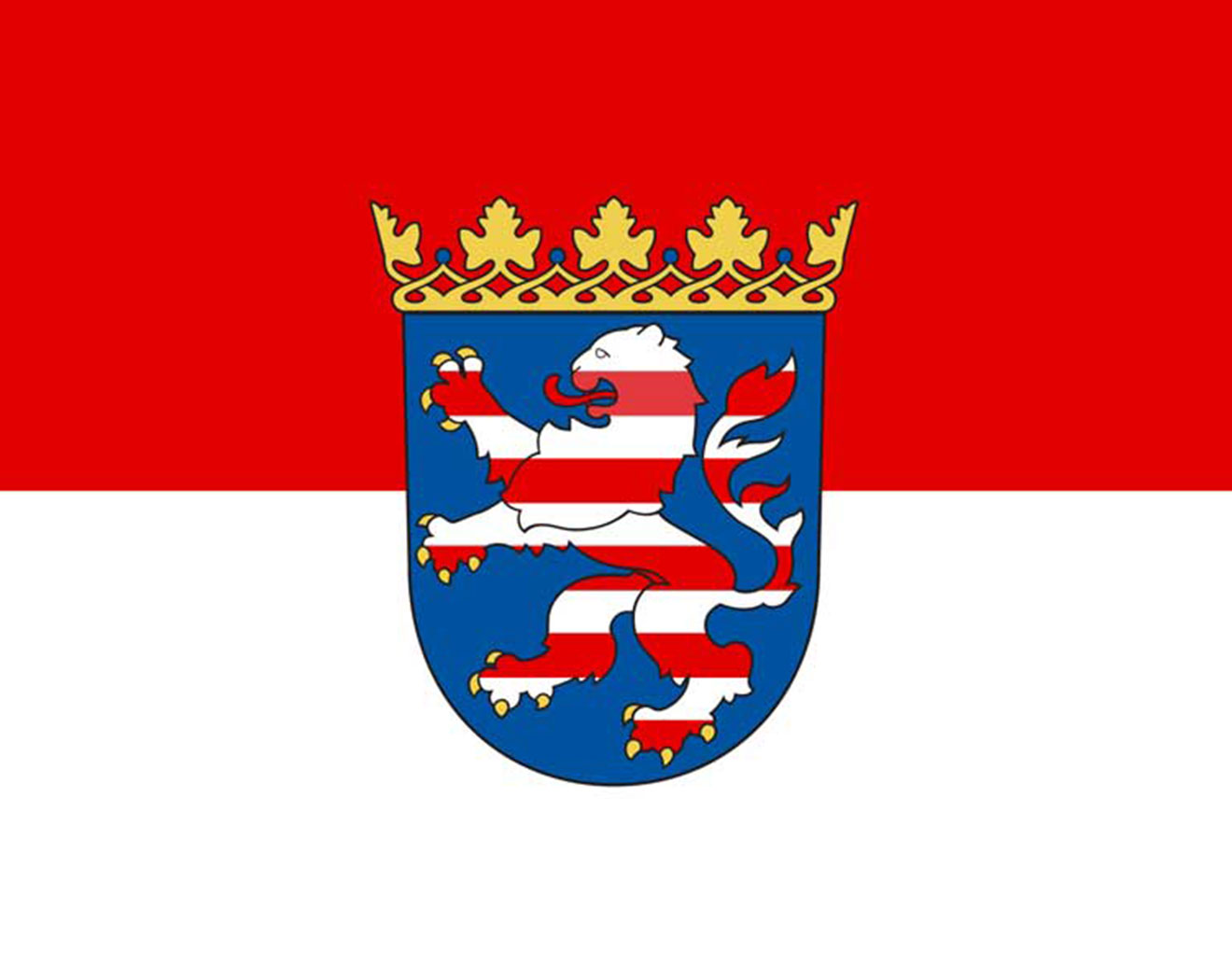 Hessen
Hessen